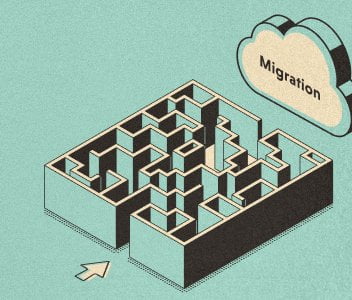Our client is a scalable database registry storing sensitive healthcare data. They help healthcare organizations and clinics preserve data privacy, and establish access control, authentication, and encryption.
Their web application is a biometric system that authorizes and tracks users, a database to store the records, and a custom solution for clinics to assign new user roles and check if specific permissions are available for the user role.








